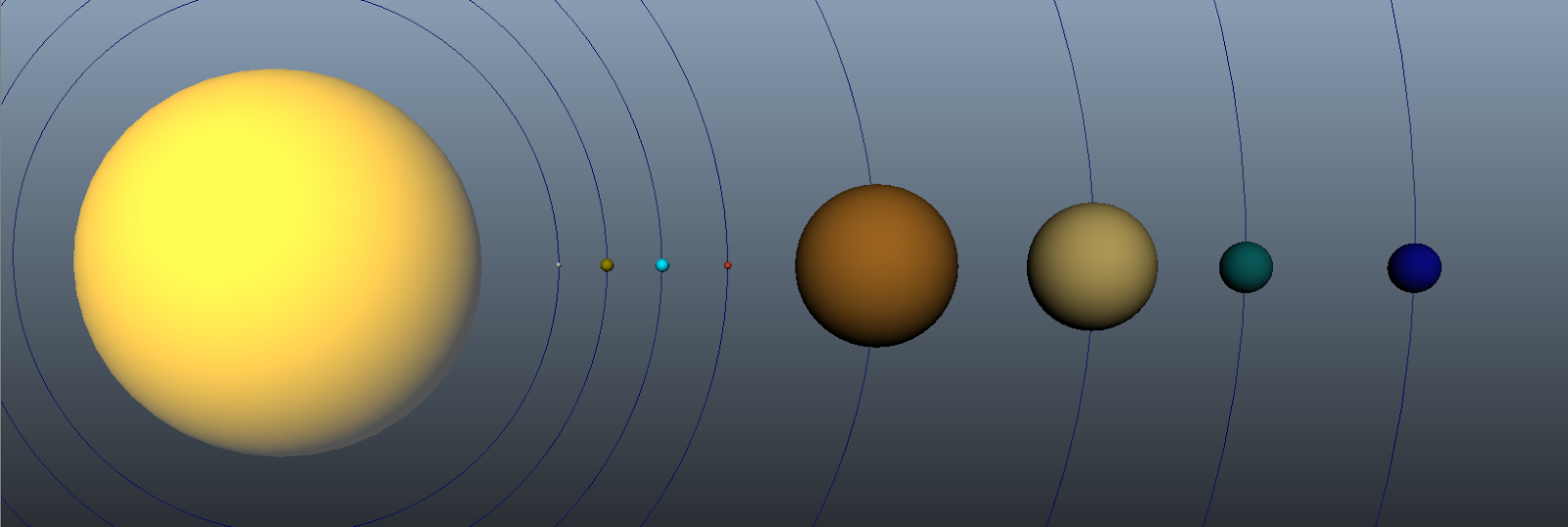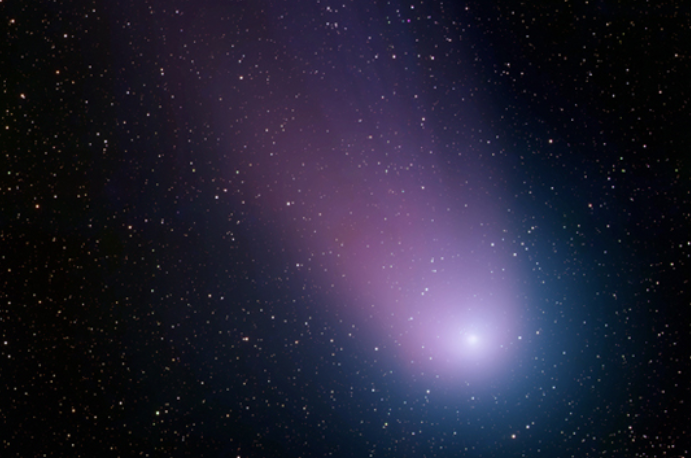PROPOSAL FOR THE ASTRONAUTICS SIMULATION/GAME "Mission to Neptune"
Keep the probe safe during its journey from Earth to Neptune (especially from meteors), following it in a spaceship. The player will be able to:
↪ control the probe’s trajectory (to avoid meteors), which will go back to its predetermined pathway after a few seconds.
↪ collect data from and land onto meteors.
➙ we could activate a pop up window when the player clicks/touches on a space object/planet with the information regarding its properties (name, object type, size, surface temperature, atmosphere, composition, orbit, spinning velocity, gravity, etc.)
➙ player should get a warning when probe is getting too far away, so he/she can go back to Neptune’s mission before is too late.
Collect valuable data from Neptune (could include rings and moons) controlling the probe from the spaceship.
↪ gas, ice samples (Neptune, moons)
↪ rocky samples (moons)
↪ dust samples (rings)
↪ pictures (Neptune, rings and moons)
➙ we could add a list with the data to be collected from Neptune.
➙ as the probe is supposed to go straight to Neptune, data collection from moons and rings should be done with the spaceship, or maybe with a sort of mini probe that could be released from the spaceship.
End of mission
↪ once the player has collected all data needed, he/she pushes an “end of mission” button. Immediately a screen from NASA pops up confirming end of mission and congratulating the player.
➙ this screen/window could show just text or a steady image (such as someone from NASA). As an alternative, it could be just a radio message.
Points system: In order to create a “want to play again” feeling, we could base the points system in four things:
1. Collect all the predetermined data
↪ the player can end the mission without collecting everything needed, but will lose points.
2. Timing: the quicker, the better.
3. Data collection: the more, the better.
4. Things that could make the game over before completing tasks due to mission failure:
↪ probe’s safety (probe has been hit by a meteor)
↪ probe’s lost (30s to find it?? before “game over”)
↪ no sample/data collected
player will be able to choose between two different spaceships at the beginning of the simulation/game.
player will be able to train how to pilot a spaceship before starting.
every time a new sample is collected the player will see a 3D representation on his/her command board, and next to it a basic info chart.
after all data has been collected (and even maybe after the NASA screen) player could be able to chose having some extra time to find any other unknown materials -that we could just make up- within Neptune area or even the solar system so he/she can get some extra points.
player’s biometric data (body temperature, blood pressure, hydratation).
command board should show (for both spaceship and probe): velocity, trajectory, target, distance between both spaceship and probe, distance from origin, distance from target (AU), camera, radar or space scanners, time counter (the mission is supposed to last for 12 years), etc.
Gravity, atmosphere conditions, spinning velocity, etc. could be taken into account when either the spaceship or the probe are approximating any planet/moon/star/meteor - unless we make the spaceship to automatically go “autopilot” when approaching any of the mentioned above.
Also, some information about ground control and antennas for the success of the mission should be taken into account (see p.29 of Mission_to_Neptune_Final_Report.pdf): “Controlling the spacecraft from the ground is vital. The most important of these is to retrieve the data that the spacecraft and probe record from Neptune, without the data there is no mission. Also, if new objectives are needed to be assigned or maintenance to be performed commands need to be sent to the spacecraft. This is all achieved through the antennas located on the ground [...]”.
UFOs, space enemies or any other thing that involves shooting: we don’t want to make a space war, plus I think that would be deviating too much of the simulation former purpose - attract students to the Astronautics faculty by experiencing some “real” simulation. From my opinion, the fantasy added to the game side should be something very close to reality, but just with options for the player to choose (customization) and get into the points scheme (lose/win/win more).
Player going out of the spaceship: every single planet, moon or meteor has its own gravity, atmosphere conditions, etc. If we are to do something like this, we should be careful, as someone with the knowledge could think the simulation is not good enough.
















